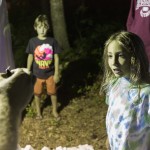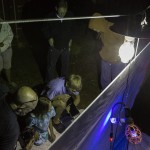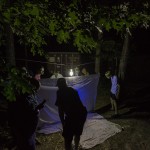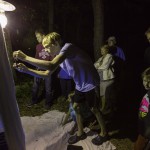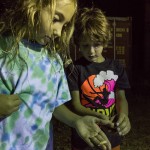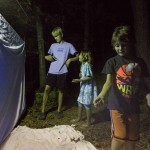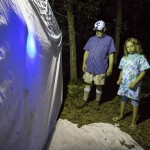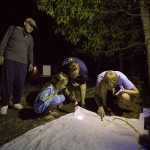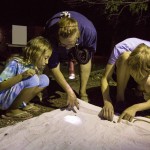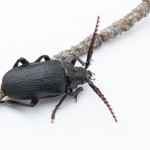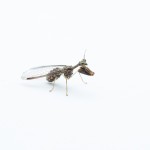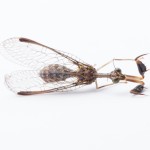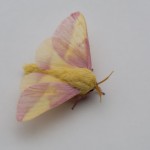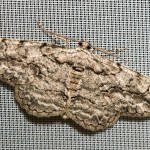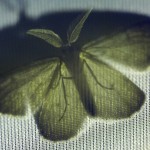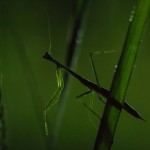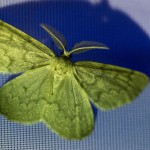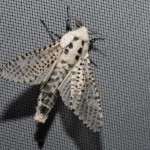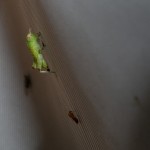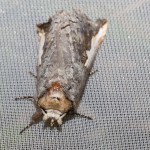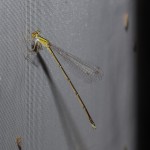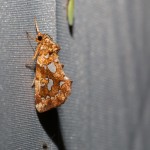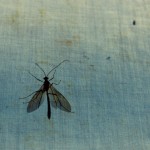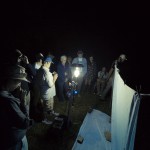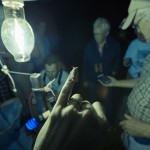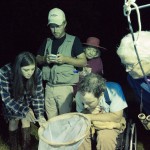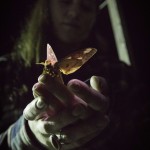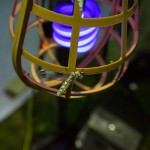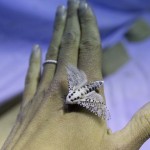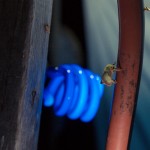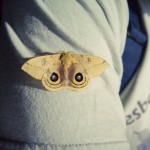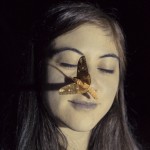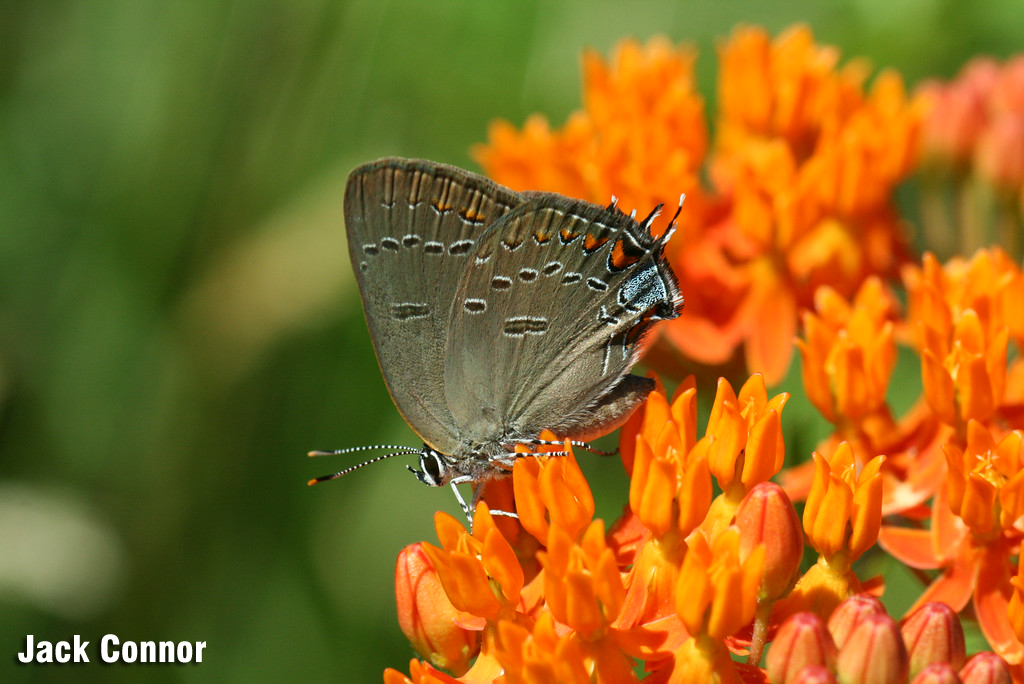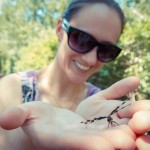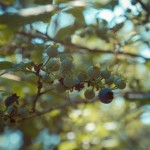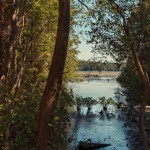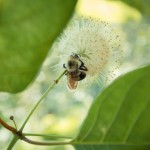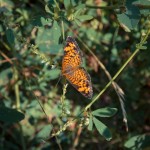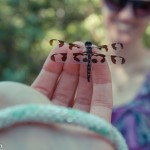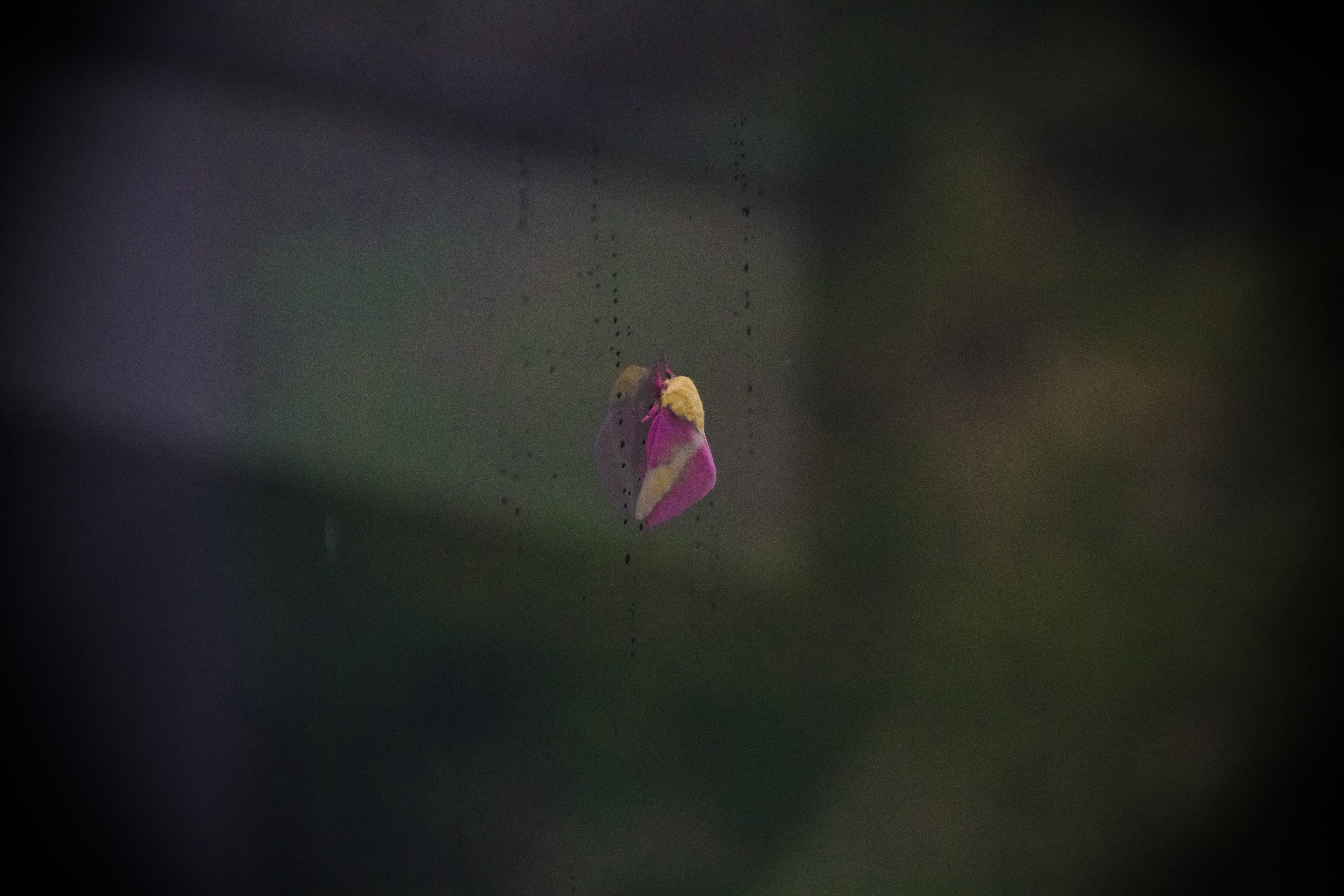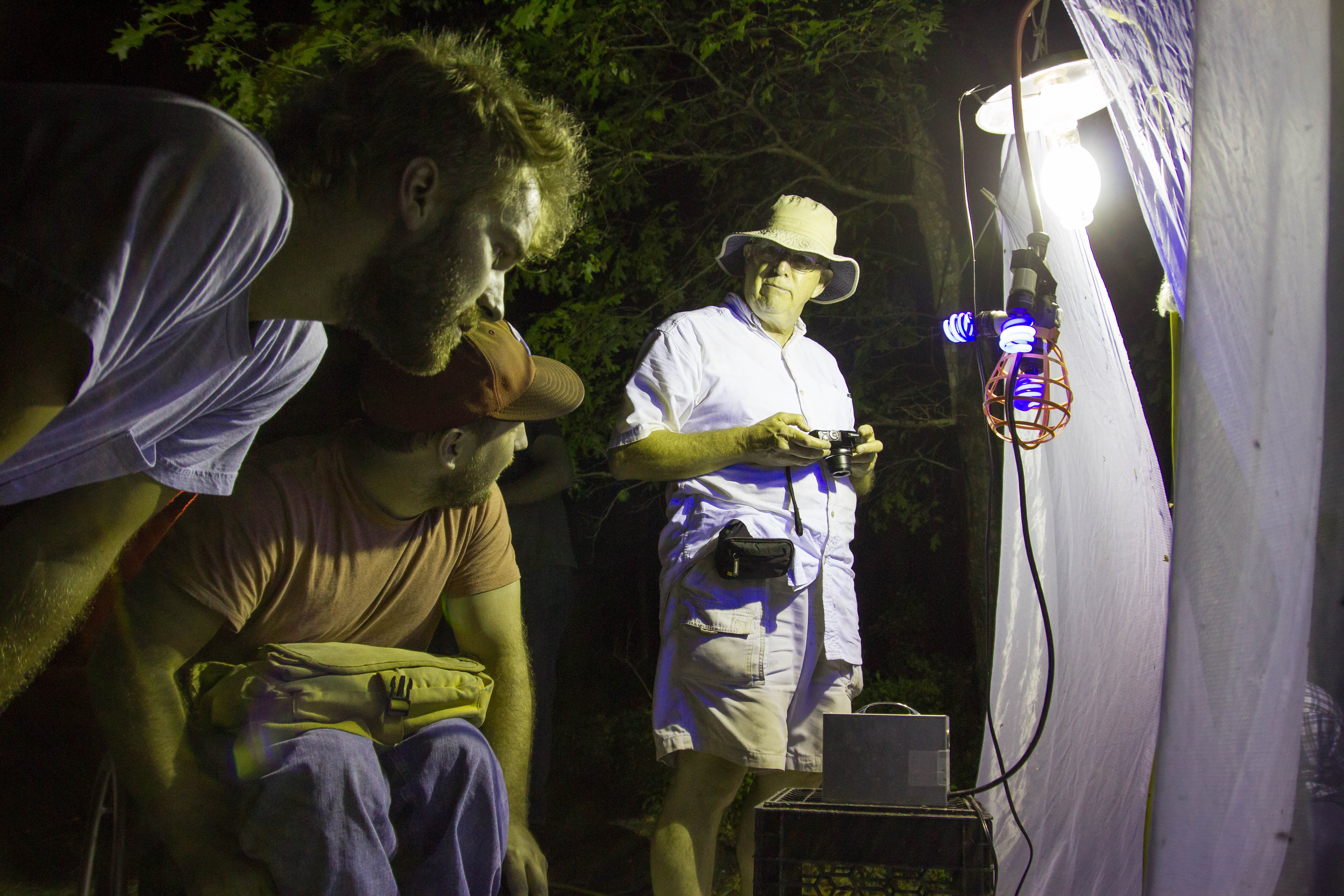Stockton College stands proudly alongside the iconic pines that it’s unique location is named after and is committed to being an environmental steward to protect the Pinelands National Reserve. What existed in the Pinelands many years ago? How were the land and its resources used?
I met with Mark Demitroff, who calls the Pinelands National Reserve home, to learn more about the Pinelands’ past and about the plant life that I have walked by thousands of times on campus without fully understanding.
The Paleo-Indians were the first inhabitants of the Pine Barrens, which Demitroff calls an “urban wilderness.” It’s highly unlikely that they developed green thumbs. The very name Pine Barrens hints at it’s poor soil quality. The Pine Barrens provided wood for shipbuilding, charcoal and tar production; sand for glass production; and ironstone for constructing buildings. Demitroff details a full timeline of this region in a blog post on the Vernacular Architecture Forum.
As we walked along the Light Path, Demitroff stopped frequently to point out plant life and how it was once used. He uprooted a Queen Anne’s lace flower. He held up the root and asked, “What does this look like?”
A carrot, I replied.
That’s exactly what the common wildflower is–a wild carrot.
He pointed to the sassafras tree. Root beer was once made from the root of sassafras he said.
He tore off a piece of stem from a woody plant and showed how it’s tough fibers were used as a toothbrush.
In just a few feet, we passed black cherry, bayberry, Atlantic white-cedar, buttonbush, and of course pitch pine.
The brief walk showed me how little I knew about the diversity of plant life along Lake Fred.
Don’t let the name mislead you–there’s much more than pine in the Pine Barrens.

